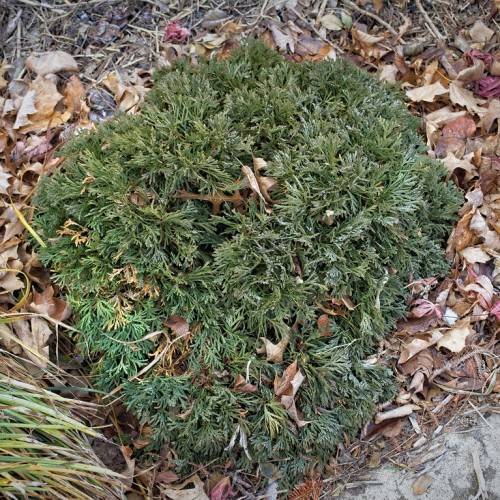
American arborvitae
Thuja occidentalis
Cycle:
Perennial
Watering:
Frequent
Hardiness Zone:
2 - 7
Flowers:
Flowers In Spring
Sun:
Full sun, Part sun/part shade
Soil:
Sandy Loamy Clay Rocky
Cones:
Yes
Leaf:
Yes
Growth Rate:
Moderate
Maintenance:
Low
Drought Tolerant:
Yes
Invasive:
Yes
Care Level:
Low
watering
American arborvitae prefer moist, well-drained soils and stay healthy with regular, moderate watering. For best results, water the tree deeply and infrequently to promote deep root growth. Generally, it's best to water the tree 2 to 3 times per week, depending on the weather conditions. Aim to give the plant about 1 to 2 inches of water each time, making sure to saturate the soil around the roots. During periods of extreme heat or drought, water more frequently and give the tree slightly more water each time. Check the soil moisture often and if the top few inches are dry, then it's time to water.
sunlight
American arborvitae, also known as Thuja occidentalis, is a plant species that does best in areas with full sun, which means at least 6 hours of direct sunlight per day. This species also grows best in well-draining soil with a pH of 5.5–7. During the spring and summer months, it should receive full sun starting around 9:00 A.M. and ending at 4:00 P.M. In the fall and winter months, the amount of sunlight should be decreased to 2-3 hours a day, and can be received in the morning or late afternoon. Partial shade is acceptable as long as it does not exceed 4 hours of direct sunlight.
pruning
American arborvitae should be pruned in late winter or early spring, once every year. Pruning should be done carefully, making sure only dead, diseased, and overly long branches are removed. Prune no more than 25 percent of the plant’s total mass in any given year. Remove as little as possible at a given time, otherwise the plant may become too sparse and decrease in overall health. Avoid pruning too much, as spring growth may be slowed or stop altogether.
